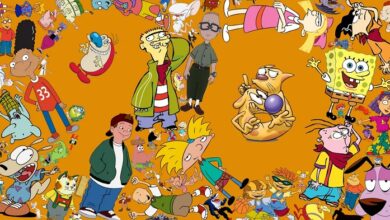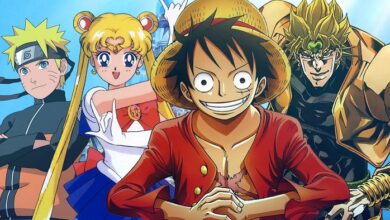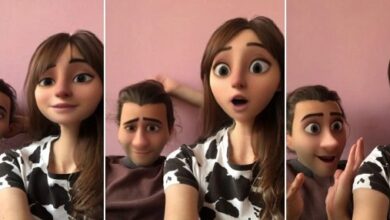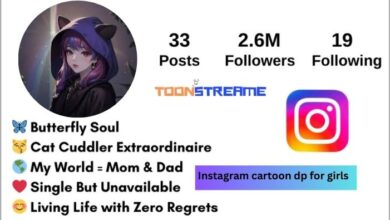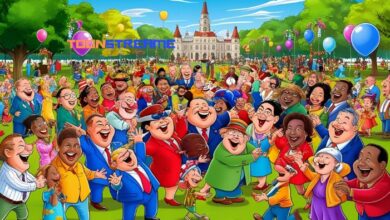Cartoon Characters: Evolution, Popularity & Cultural Impact

Cartoon characters are fun. They bring joy to all ages. From old cartoons to new CGI, they shape pop culture. This blog looks at their history, popularity, and future.
The Evolution of Cartoon Characters
Cartoon characters have changed a lot over time. These changes show how technology, culture, and what people like have shifted. Here’s a simple look at how cartoon characters have evolved.
Early Days (1900s-1920s)

- Silent Films: Early characters like Felix the Cat (1919) were simple and black-and-white. They used funny movements because there was no sound.
- Vaudeville Influence: Many early cartoons were inspired by stage shows. They focused on physical comedy and silly jokes.
Golden Age (1930s-1950s)

- Sound and Color: When sound and color came, characters like Mickey Mouse (1928) and Bugs Bunny (1940) became famous. They had unique voices and catchphrases.
- Big Studios: Disney, Warner Bros., and MGM made popular characters like Donald Duck, Daffy Duck, and Tom and Jerry. These were often animals acting like humans.
- Character Types: This time created classic roles like the hero (Mickey Mouse), the trickster (Bugs Bunny), and the villain (Yosemite Sam).
TV Era (1950s-1980s)

- Cartoons on TV: Shows like The Flintstones (1960) and Scooby-Doo (1969) brought cartoons to TV. These characters were made for families.
- Simple Animation: TV cartoons used less detailed animation to save money. They focused more on talking and jokes.
- Superheroes: The 1960s introduced superhero cartoons like Spider-Man (1967) and Batman (1968). These brought comic book heroes to life.
Renaissance (1990s-2000s)

- Better Cartoons: The 1990s brought high-quality shows like The Simpsons (1989), Batman: The Animated Series (1992), and Rugrats (1991). Characters had deeper stories and emotions.
- Different Styles: Cartoons explored action (X-Men), fantasy (Gargoyles), and comedy (SpongeBob SquarePants).
- CGI: Computer animation created characters like Buzz Lightyear (Toy Story, 1995) and Shrek (Shrek, 2001). These mixed humor with new technology.
Modern Era (2010s-Present)
- Diversity: Today’s cartoons show more cultures, genders, and identities. Examples include Steven Universe (2013) and The Legend of Korra (2012).
- Complex Stories: Shows like Adventure Time (2010) and Gravity Falls (2012) mix humor with deep plots. They appeal to kids and adults.
- Streaming: Platforms like Netflix and Hulu let creators try new ideas. Shows like BoJack Horseman (2014) and Big Mouth (2017) are for older audiences.
Most Iconic Cartoon Characters
Some characters are loved by all. Here are a few:
- Mickey Mouse – The face of Disney.
- Bugs Bunny – Known for “What’s up, Doc?”
- SpongeBob – A happy sea sponge.
- Scooby-Doo – A dog who solves mysteries.
- Tom & Jerry – A funny cat and mouse.
Why We Love Cartoon Characters
Cartoons are special. Here’s why:
- Nostalgia – They remind us of childhood.
- Relatability – We connect with their traits.
- Entertainment – They make us laugh and relax.
Cartoons in Pop Culture
Cartoons shape culture in many ways:
- Movies and Merchandise – Characters like Pikachu are huge.
- Video Games – Sonic and Mario are in games.
- Memes – Cartoons go viral online.
How Cartoons Are Made
Making a cartoon involves steps:
- Design – Artists draw the character.
- Animation – They use 2D, 3D, or stop-motion.
- Voice and Story – Actors give the character a voice. Writers create stories.
Famous Cartoon Rivalries
Rivalries make cartoons fun. Some famous ones:
- Tom & Jerry – A cat and mouse chase.
- Batman & Joker – A hero and villain battle.
- Road Runner & Coyote – A bird and coyote chase.
The Future of Cartoons
Cartoons keep growing. Here’s what’s next:
- AI – Makes animations more real.
- Streaming – Netflix and Disney+ create new characters fast.
- Diversity – Modern cartoons focus on new stories.
FAQs About Cartoons
Q1: Who is the most popular cartoon?
A: Mickey Mouse is the most famous.
Q2: Why are cartoons popular?
A: They are fun and relatable.
Q3: How are new cartoons different?
A: They have better animation and stories.
Q4: What was the first cartoon?
A: Felix the Cat in 1919.
Q5: Are cartoons just for kids?
A: No! Shows like Rick and Morty are for adults.
Conclusion
Cartoons make us happy. They make us laugh and think. With new tech, cartoons will keep getting better!

